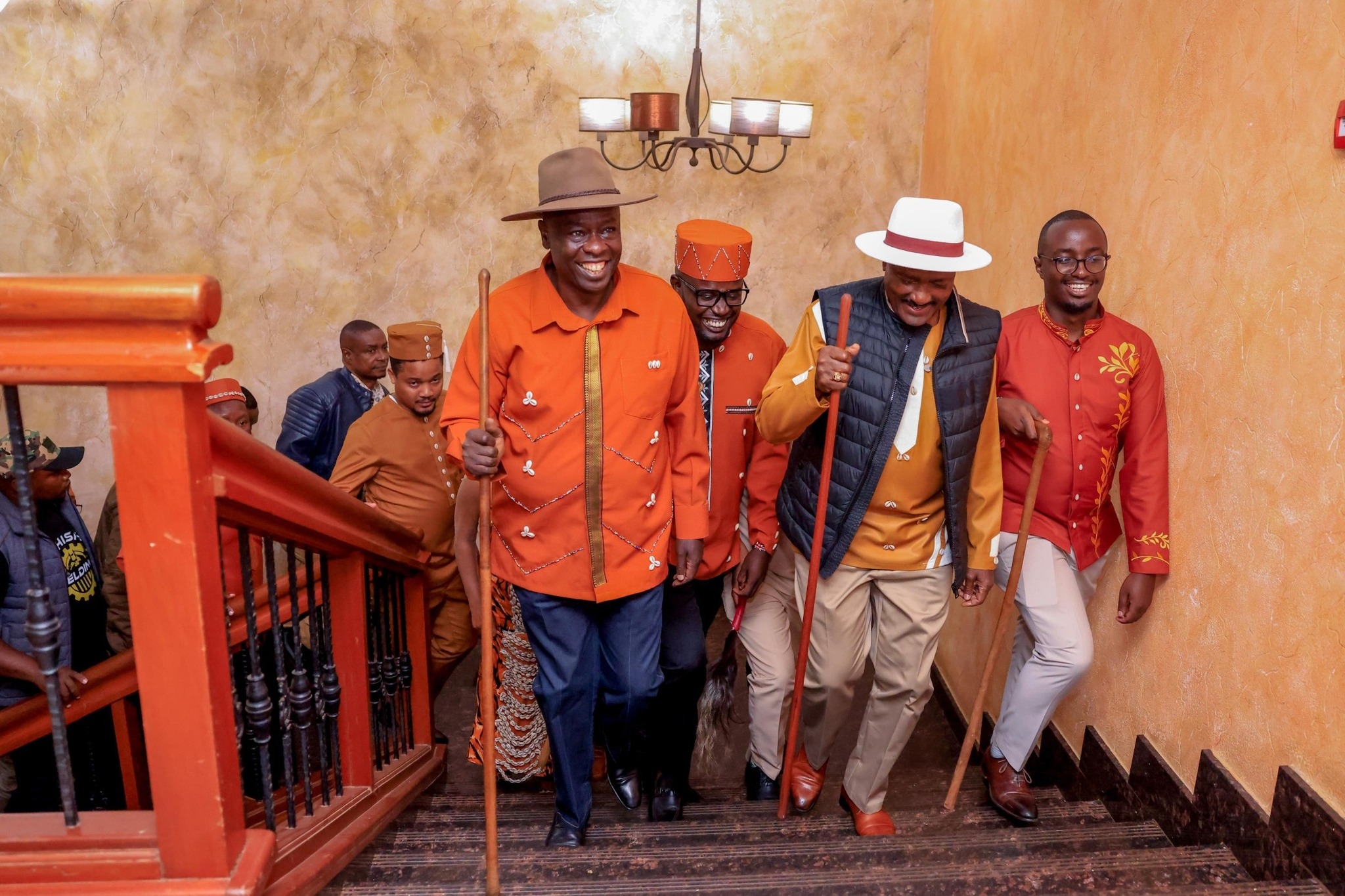

The village, the soul of societies of Kenya, and indeed Africa, interchange silence and wails in dramatic spectacles to escort the departed with song and dance to the gate of the afterlife, commonly known as the grave.
Then, once the body is interred, the world falls silent. Songs of praise and of protest linger only in memory, as if the air itself has learned to mourn. In the aftermath of death, the land itself seems to pause. This is more pronounced whenever the departed was a leader or considered one by those left behind.
The marketplace, near their gravesite, usually a maelstrom of colour and sound, moves in slow, uneven rhythms. Windows are shuttered. Streets, normally alive with negotiation and laughter, are empty, save for those who wander like ghosts, holding to memories of speeches, gestures and the cadence of a voice that once articulated the collective will. Each object, each place once touched by the leader, becomes charged with meaning.
The chair of the leader, now vacant, becomes more than mere furniture; it rises to become a monument, a vessel of expectation, aspiration and unfulfilled dreams, a work of art and memory. The pen that once drafted policy and political treaties lies still on the living room window proximity. All these mundane stuff that once traced the life now lost become the very element of this artistic composition of absence.
The aesthetics of mourning in this context are inseparable from ritual. Funerals unfold as communal theatres of orchestrated spectacles, blending the sacred and the political, the personal and the national. The drumming, the ululations, the ceremonial dress, the waving of banners are all forms of artistic expression that translate grief into a language the community can understand.
In these rituals, the void left by the leader is shaped, made visible, almost tangible. Every gesture, every step, every tear becomes part of a choreography that transforms individual sorrow into collective contemplation.
The philosophical dimension of this communal emptiness is profound. The death of a leader exposes the fragility of social structures and the impermanence of human endeavour.
The office, the policies, the promises all are revealed as ephemeral. In the collective consciousness, absence becomes a lens through which the limits and possibilities of existence are refracted. The void created by a leader’s death not only signals an end but also illuminates the aesthetics of society itself, highlighting the tenuous threads of memory and hope that bind communities together.
Grief, in this context, attains the latitude of an aesthetic discipline. The community learns to inhabit absence, to navigate streets, spaces and places that bear the trace of a life now concluded. Memory becomes an art form. Stories of speeches and decisions, of courage and fallibility, are retold with subtle variation, each retelling a twist in the communal plot of a lost life story.
The sublime in this context emerges from the interplay of absence and presence, silence and performance. You experience it in the grandeur of funerary oratory and in the public intimacy of television and radio recollections. The fallen leader’s resting place becomes a site of both reverence and philosophical contemplation, a locus in which life, death and memory converge. This is why mourners, big and small, keep coming, solo or in unison, to this new grave, whose petals of grief wane away with each passing day.
Time itself is transformed in the aftermath of a leader’s death. Days are marked by calendars but also by ceremonies, memories and numerous artistic rituals of remembrance.
Scribes can even convene and collect poems into an anthology to mark the deceased. This, for example, is what the famous poet Christopher Okemwa is doing, under the aegis of Kistretch Poetry Network, in honour of former Prime Minister Raila Odinga.
Yet even in such structured mourning, unpredictability persists. The echoes of the eloquence of the lost leader debate with the words the world interchange about him after him. The art of the aftermath lies in negotiating these tensions: between absence and presence, despair and continuity, the ephemeral and the enduring.
As a community, it is wise to cultivate a subtle appreciation of impermanence, understanding that leadership itself is a transitory phenomenon, that no single individual can contain the fullness of a nation. It is helpful to understand that, after death has occurred, meaning emerges out of action and the collective act of witnessing, remembering and aesthetically engaging with loss.
The aesthetic and philosophical lessons of mourning a leader resonate beyond the immediate community. They reveal the capacity of human consciousness to translate absence into insight, grief into art, and emptiness into a form of understanding.
The leader, now gone, persists in the rhythms of life: in the songs sung at political orgasms, in the stories told in social media, in the gestures of solidarity that echo from friend and foe at tables of power. Absence becomes generative; loss becomes instructive. Through the art of the aftermath, citizens learn to see the sublime in both the fragility and resilience of their collective existence.
Thus, the death of a leader according to our African understanding of life is more than ceremonial a moment. It is an invitation to chew and eschew aesthetics and philosophies that makes us ware of the subtle and somber interplay between life and absence, presence and memory, ambition and fragility.
To witness such a death, to inhabit its aftermath, is to participate in a profound act of creation akin to the writing of a poem sincerely. Together, we help each other to craft meaning from the new emptiness. We compose grief into a nameless form of art, whereby the articulation of our collective sublime transcends individual mortality while honouring it.













